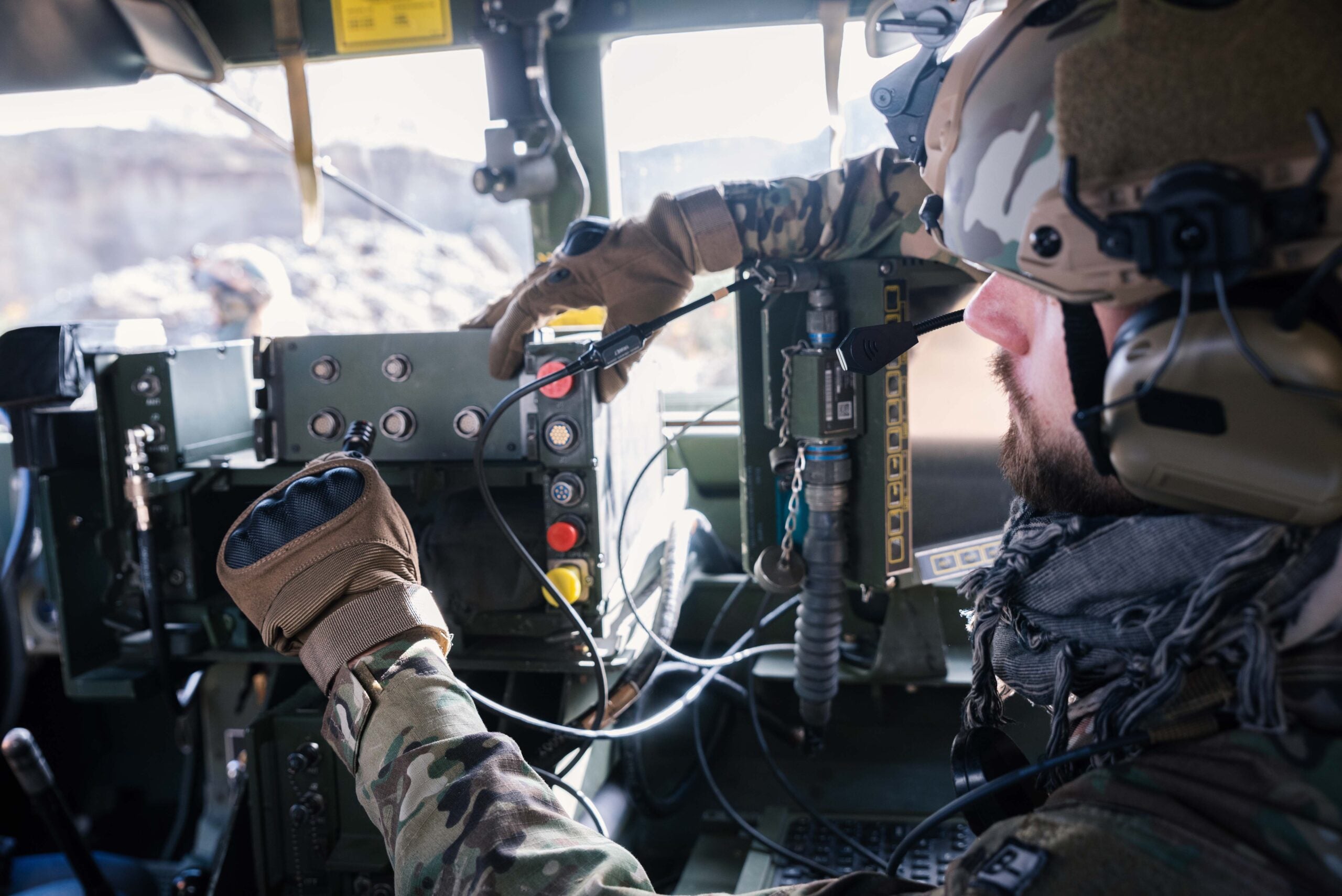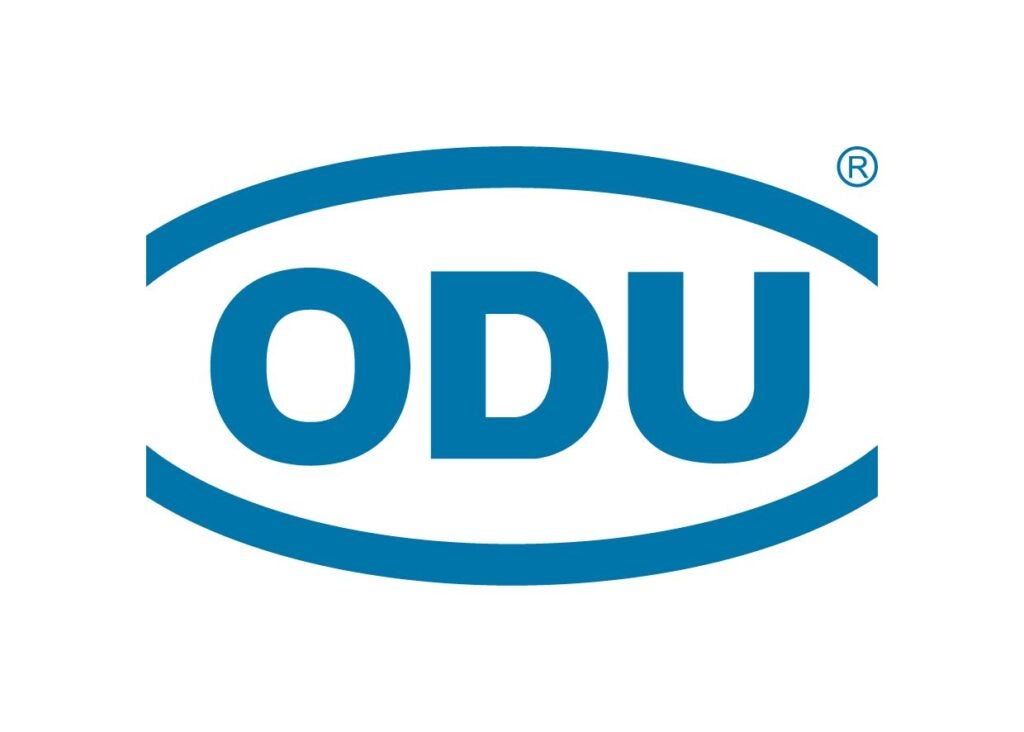
Recognizing and recording environmental conditions and situational snapshots – and translating them into actions – can reduce risks for personnel, machines, and infrastructure. In many areas, security forces need to operate efficiently and require information about their surroundings. At the same time, they must use this information to plan and adjust their actions accordingly. For example, information on the location of friendly and enemy forces can be made available.
Big Data and complex networked systems
The advent of artificial intelligence, Big Data, and cross-platform, complex networked systems has made highly technical expertise mandatory. Interfaces must be developed to match the respective applications. For example, optronic systems enable vehicle crews to communicate using a wide range of visual information. Acoustic sensor systems help to localize threats by identifying ballistic missiles, warning personnel, and providing information on the direction and distance of the projectile’s source. Ideally, these sensor systems are coupled with an Active Protection System, which protect crews by disrupting the approaching projectile in such a way that the intended effect on target is severely impaired.
Situational awareness technologies support fast and well-founded decision-making. A central node (a forward operating base or FOB) bundles the acquired information and outputs real-time data to the deployed units via cables, antennas, and glass fibers. All these systems are united by the need for highly robust, reliable, application-specific connector systems and cable assemblies for the transmission of mission-critical (RF) signals and data.
Robust, application-specific connector systems
ODU connectors for military, security, and communication applications provide a high level of signal integrity thanks to 360° shielding. Different transfer protocols (USB/HDMI/Displayport) ensure high-speed data transmissions that are also protected against access by third parties and standard interfaces. Pin-and-groove coding and color coding provide extra support in extreme situations and prevent incorrect mating. Even in the smallest installation space, different transmission variants can be individually configured. The rugged ODU housings are waterproof up to IP6K9K, non-reflective, and available with various connection types and locking mechanisms.
Robust under high loads and extreme temperatures, resistant to dust, water and vibration. Optimized for demanding applications due to high resilience and transmission reliability even under the most technically challenging environmental conditions.

